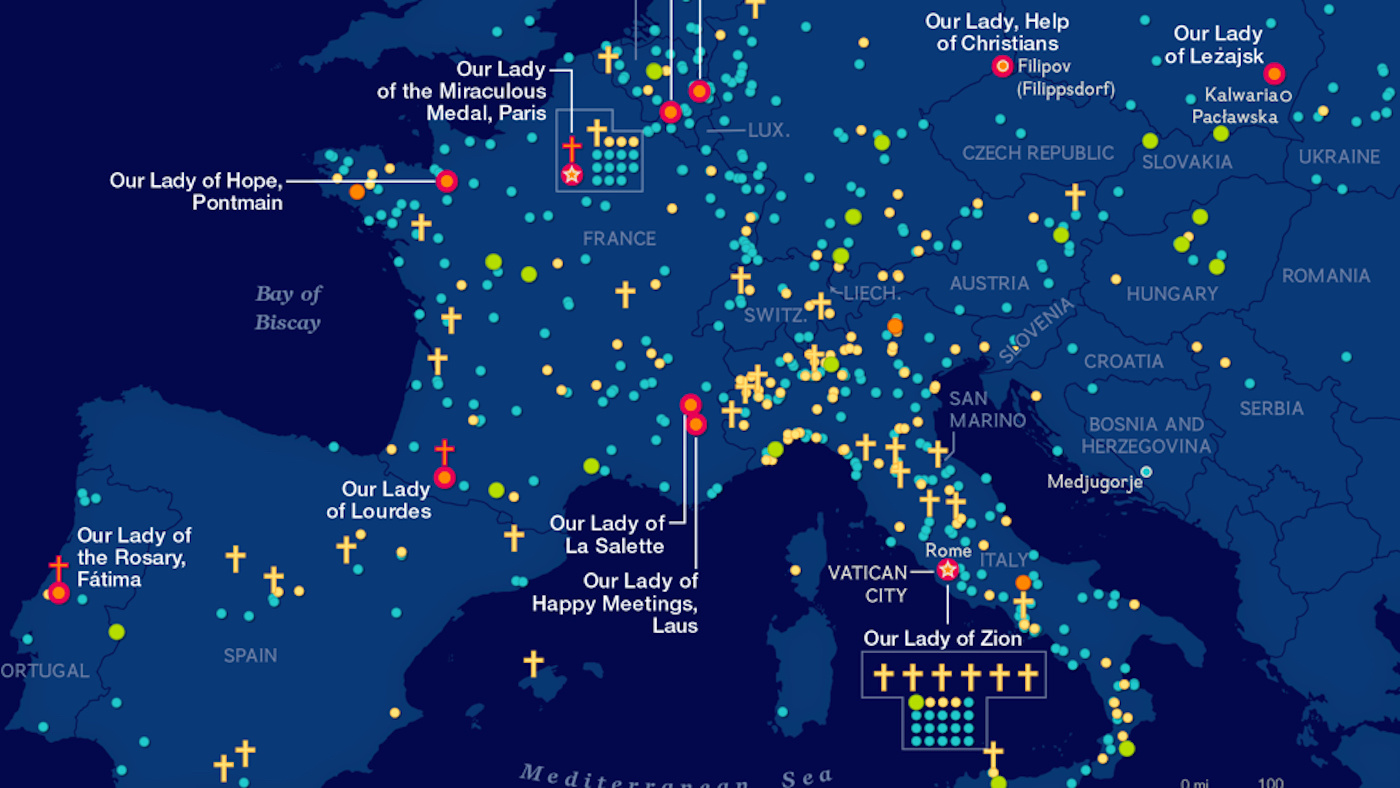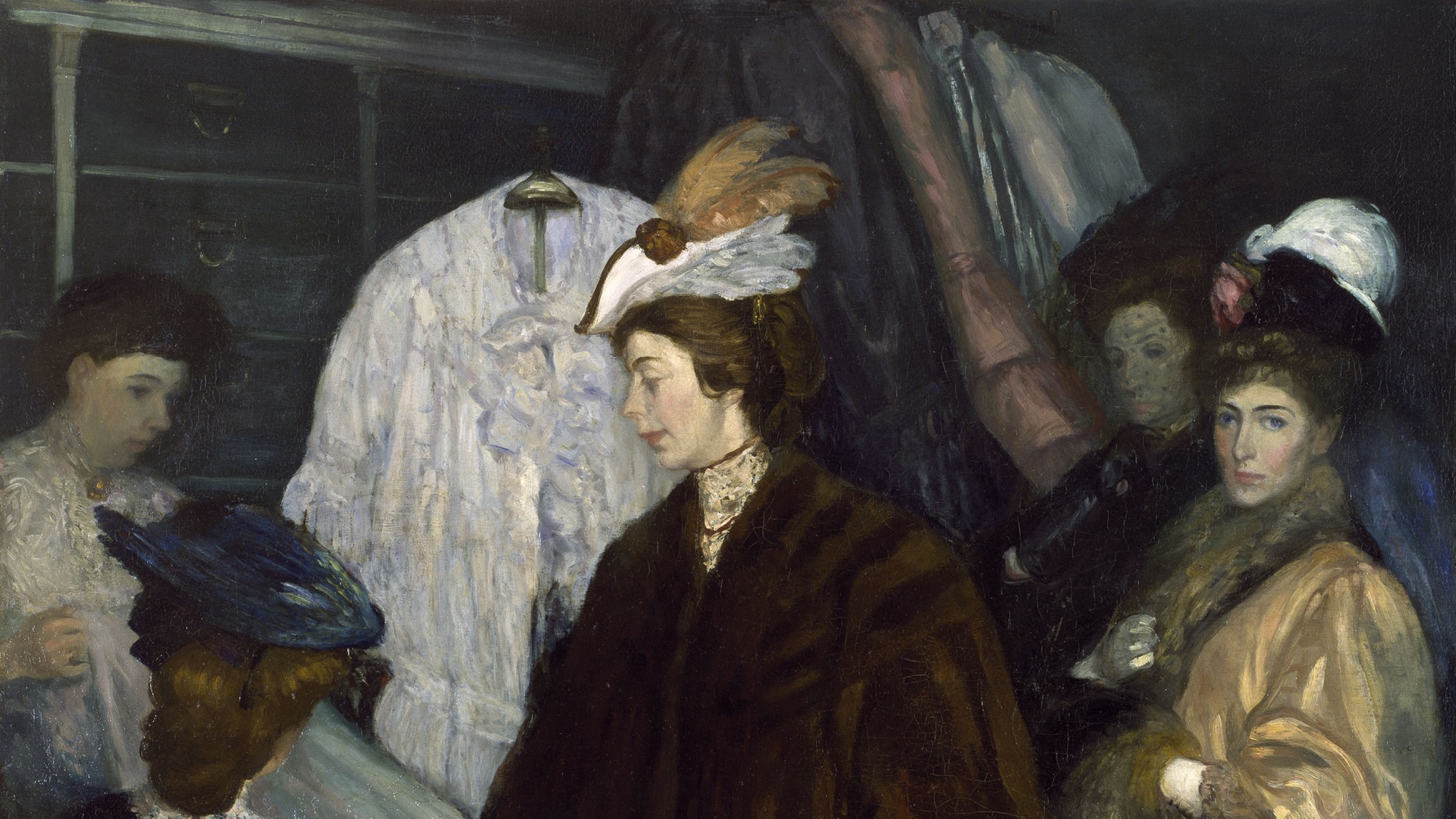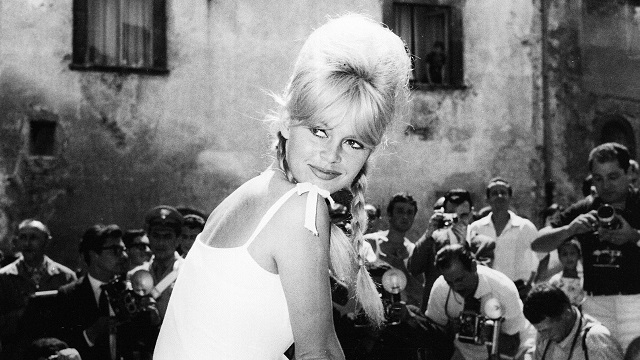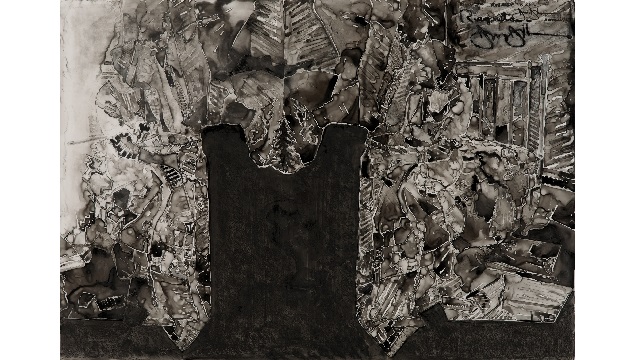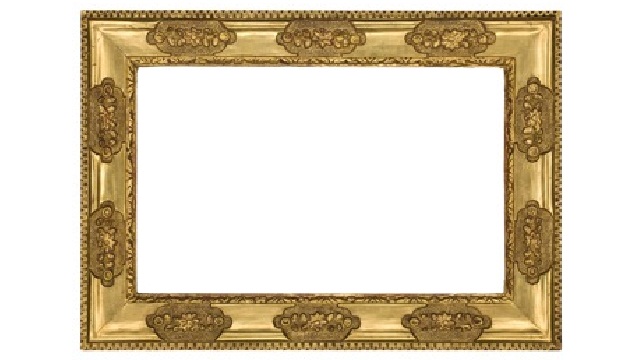Root Canal: “Prendergast in Italy” at the MFA Houston
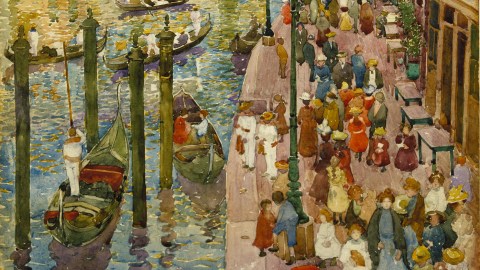
In 1882, American novelist Henry James concluded that there was “nothing more to be said” about Venice, Italy. Artists of all stripes had trod and sloshed through the streets and canals so long that opportunities for saying something new had, he felt, dried up entirely. Yet, in 1900, Maurice Prendergast exhibited a series of watercolors painted of Venice that made a giant splash in the American art world and cleared a path for a new wave of American modernism. Prendergast in Italy, an exhibition at the Museum of Fine Art, Houston, brings together these watery landmarks to recreate a seminal moment in American modern art and to rescue a great artist from drowning in the depths of obscurity.
Prendergast left his native Boston for Venice in 1898 with thoughts of the future of art on his mind as he prepare to submerge himself in the past. “Coming from conservative Boston, Prendergast had grappled with Modernism and the modernization of his home city,” Nancy Mowll Mathews writes in the catalogue, “but he had never before had to confront the weight of past traditions of art and national pride that he encountered in Venice.” Rather than allow himself to be crushed beneath the weight of that tradition, Prendergast went with the flow. Works such as The Grand Canal, Venice (pictured) demonstrate how Prendergast saw the centuries of tradition of Venice through a modern lens that allowed both the coexist in harmony. Prendergast threw James’ conclusion back in his face by simultaneously embracing the past and the future and proving that what seemed like an inevitable either-or choice wasn’t. A handy map of the Venice in the beginning of the catalogue featuring thumbnail versions of Prendergast’s paintings shows just how thoroughly he covered the city. Prendergast allowed his imagination to take root in those canals and to flower in a way that led to the flowering of American modern art itself.
In addition to these water-inspired watercolors, Prendergast created monotypes that also document his unique contribution to American modernism via Venice. The stars of these monotypes are often the beautiful young Prendergast admired in his travels. “Prendergast, a dapper and genial bachelor, was not immune to the charms of these [ladies],” Elizabeth Kennedy and Kimberly J. Nichols write in the catalogue, which led him to pay “tribute to jaunty young women and charming, carefree girls in his art.” They see a recurring “Prendergast Girl” to match the popular “Gibson Girl” of the times. Their analysis strikes a sad note amongst the gaiety when they suggest that, perhaps subliminally, Maurice paid tribute through these images to his fashionably dressed, twin sister, Lucy, who died when they were in their late teens. Despite that dark turn, Prendergast’s monotypes of Italian girls strike a perfect balance of old and new by studying modern women in an ancient environment but doing so in a way that attends to both worlds.
In many ways, Prendergast in Italy acts as an addendum to the 2009 exhibition The Eight and American Modernisms, which Kennedy, Curator of Collection at the Terra Foundation for American Art, designed to reposition The Eight within the history of American modern art. In an interview I conducted with her for that exhibition, Kennedy confessed that Prendergast is her favorite member of the The Eight and found it troubling that he lacks greater acclaim. “He is an underappreciated modernist because he did not ‘fit the Ashcan’ label nor did he preach a ‘mantra of modernism’ in the style of Alfred Stieglitz or Thomas Hart Benton,” Kennedy believed. After viewing Prendergast in Italy you may find yourself a new favorite artist, too, one who transcends the easy categorizations while making works that still stun us with their originality and vitality.
[Image: Maurice Prendergast, American, 1858-1924. The Grand Canal, Venice, c. 1898-99. Watercolor and pencil on paper. Terra Foundation for American Art, Chicago, Illinois, Daniel J. Terra Collection, 1999.123.]
[Many thanks to the Museum of Fine Art, Houston for providing me with the image above and other press materials for Prendergast in Italy. Many thanks also to Merrell Publishers for providing me with a copy of the catalogue.]
